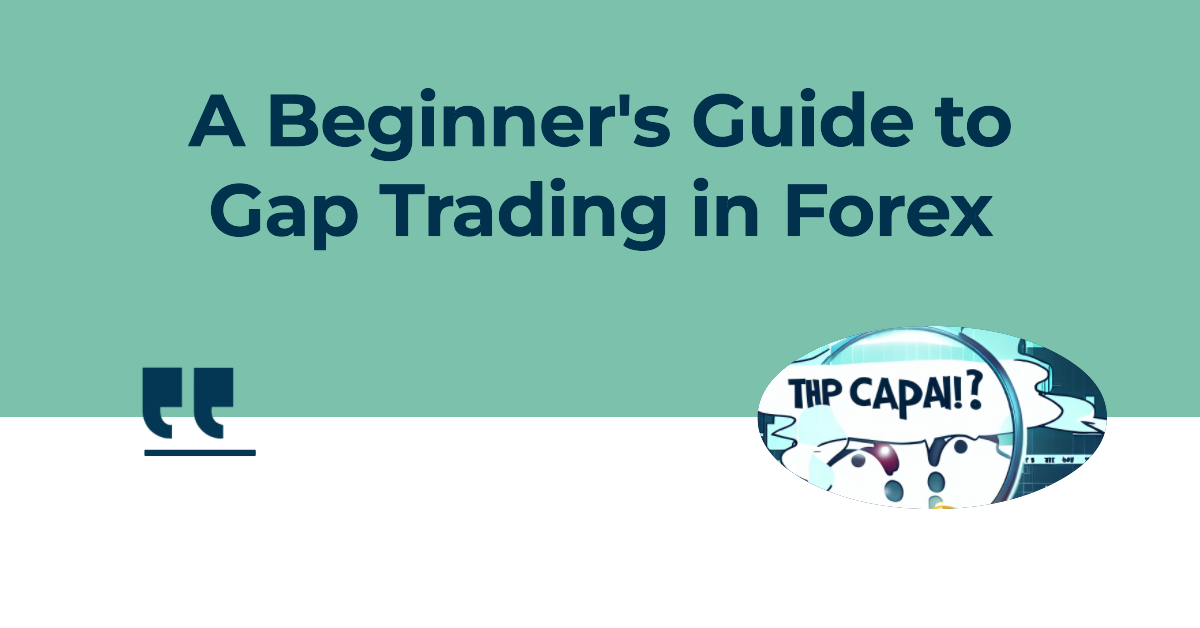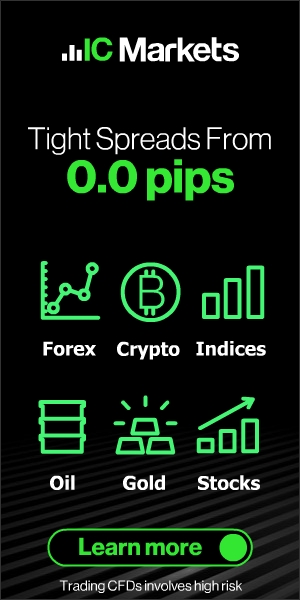
Understanding the Concept of Gap Trading in Forex
- Jonny Smith
- August 6, 2023
- Forex Trading For Beginners
- Best_forex_broker, ECN_Forex, forex_brokers, Froex_Demo_Accounts, instant_withdrawal, strategies
- 0 Comments
Introduction
Dive into the world of Forex, and soon enough, you’ll stumble upon a peculiar phenomenon: the sudden jump in prices, leaving a “gap” in its wake. Wondering what it’s all about? You’re not alone. It’s a bit like arriving at a magical show mid-act and trying to decipher the magician’s trick. In the Forex market, this ‘magic’ is termed as “gap trading.” So, let’s pull back the curtain, shall we?
What is Gap Trading?
Simply put, a ‘gap’ represents a sharp difference between the closing price of a currency pair on one day and its opening price on the next day. Think of it like a missing puzzle piece in the continuous price chart. Now, while gaps are seen in various markets, they have a unique significance in Forex due to its around-the-clock nature. Ready for a surprise? Sometimes, this little void can be a gold mine for traders in the know.
Types of Gaps in Forex Trading
Picture this: Not all gaps are created equal. Just like there are various genres in movies, there are different types of gaps in Forex. Here’s a quick rundown:
- Common Gaps: These are like those everyday rom-coms – appear frequently but often lack significant impact. They’re simply a part of the daily price fluctuations and don’t necessarily indicate a trend.
- Breakaway Gaps: The thrilling action movies of gaps. They burst onto the scene, signaling a potential new trend after a prolonged period of price consolidation. Often, they’re accompanied by increased volume, adding to their significance.
- Runaway (or Continuation) Gaps: Think of these as sequels. They support the current narrative (or trend) and signify its likely continuation.
- Exhaustion Gaps: The plot twists! Just when you thought a trend would continue, an exhaustion gap hints at a potential reversal. It’s the last gasp before the trend possibly changes its direction.
The Causes of Gaps
Curious about the culprits behind these gaps? There’s no single bandit. Various factors can cause a gap:
- Economic News and Reports: Picture a scenario where a major economic announcement is made post the market close. The result? A potential gap during the next market open as traders react to the news.
- Political Unrest: Political events, such as elections or unexpected geopolitical incidents, can be game-changers, causing dramatic price moves.
- Natural Disasters: Mother Nature’s fury can send markets into a tizzy, leading to potential gaps.
- Central Bank Decisions: When central banks make unexpected decisions, be it interest rate changes or monetary policies, they can throw the market off its predicted course.
Strategies to Trade Gaps in Forex
Gaps are intriguing, but how does one profit from them? Here are some well-guarded secrets:
- Gap Fade Strategy: It’s like betting against the house. Traders expect the gap to close, i.e., they believe the price will reverse and “fill” the gap.
- Breakout Strategy with Gaps: Here, traders ride the wave and trade in the direction of the gap, anticipating a continuation of the trend.
- Using Technical Indicators: Ever heard of RSI or MACD? These technical tools can be the compass, guiding traders in the dense forest of Forex trading, especially when dealing with gaps.
Potential Risks and Rewards
Let’s face it, trading is no bed of roses. While gaps offer opportunities, they come with their fair share of thorns:
- Understanding ‘Filling the Gap’: Often, prices may revert to their original position, effectively “filling” the gap. It’s a phenomenon traders should be wary of.
- Unpredictability: Some gaps never close. Yes, you heard that right. The price might never return to its original position, making predictions challenging.
- Managing Risks: One word – stop-loss. It’s a trader’s safety net. By setting a predetermined price to exit a position, traders can safeguard themselves from unexpected market movements.
Tips for Successful Gap Trading
Dabble in gap trading? Here are some tidbits to keep in your toolkit:
- Stay updated with an economic calendar. It’s like having a crystal ball, giving you a heads-up on potential market-moving events.
- Grasp the market sentiment. Sometimes, it’s all about following the crowd.
- Practice makes perfect. Use demo accounts to get a feel of gap trading without risking real money.
- And, the golden rule? Always prioritize risk management.
Real-world Examples of Gap Trading
Remember the Brexit vote? Or when unexpected election results sent markets into a frenzy? These real-world events led to significant gaps in the Forex market, offering lessons for traders across the globe. From these episodes, one thing’s clear: Stay prepared, stay informed.
Comparing Gap Trading in Forex vs. Stock Markets
A common misconception is equating Forex gaps with those in stock markets. But due to Forex’s 24/5 nature, gaps predominantly occur over weekends, influenced by events when the market is closed. Stock markets, with set trading hours, showcase more frequent intra-day gaps.
Conclusion
Gap trading in Forex is like navigating uncharted waters. It’s mysterious, exciting, and packed with opportunities. With the right knowledge, tools, and a dash of intuition, traders can make the most of these price anomalies. So, the next time you spot a gap, remember, it’s not just empty space; it could be a treasure trove waiting to be discovered!








